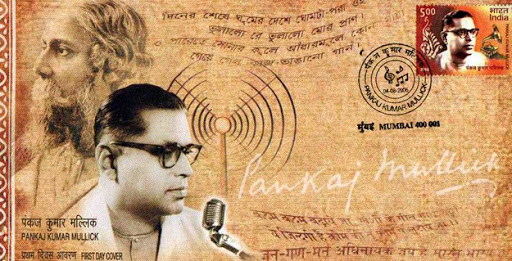Traditionally, rainwater harvesting has been practised in arid and semi-arid areas, and has provided drinking water, domestic water, water for livestock, water for small irrigation and a way to replenish ground water levels. This method may have been used extensively by the Indus Valley Civilization.
Currently in China and Brazil, rooftop rainwater harvesting is being practised for use for all the above purposes. Gansu province in China and semi-arid north east Brazil have the largest rooftop rainwater harvesting projects ongoing.
Rainwater harvesting in urban areas can have manifold reasons. To provide supplemental water for the city's requirement, to increase soil moisture levels for urban greenery, to increase the ground water table through artificial recharge, to mitigate urban flooding and to improve the quality of groundwater are some of the reasons why rainwater harvesting can be adopted in cities. In urban areas of the developed world, at a household level, harvested rainwater can be used for flushing toilets and washing laundry. Indeed in hard water areas it is superior to mains water for this. It can also be used for showering or bathing. It may require treatment prior to use for drinking.
Two residences in the city of Toronto, Canada, use treated harvested rainwater for drinking water, and reuse water (i.e. treated wastewater) for all other household water applications including toilet flushing, bathing, showers, laundry, and garden irrigation (Toronto Healthy House).
In New Zealand, many houses away from the larger towns and cities routinely rely on rainwater collected from roofs as the only source of water for all household activities. This is almost inevitably the case for many holiday homes.
The Rainwater Harvesting First Day Cover











0 comments:
Post a Comment